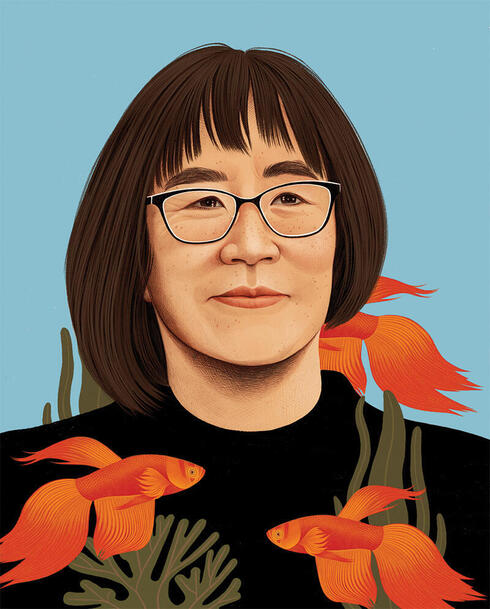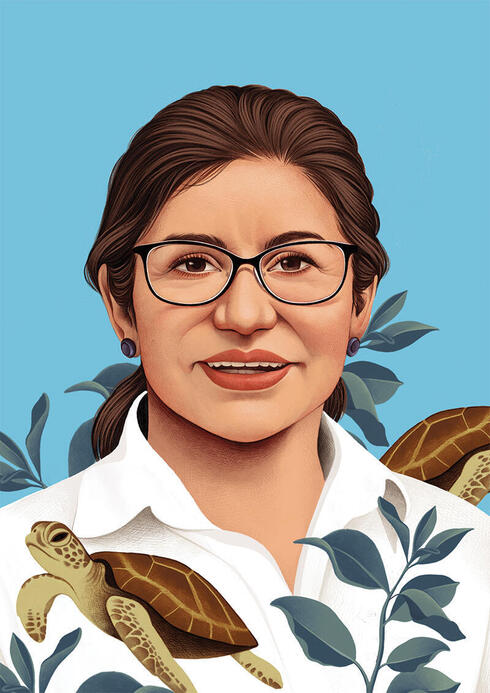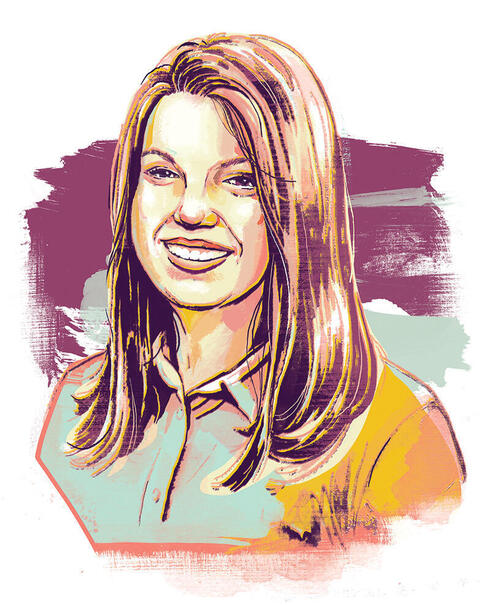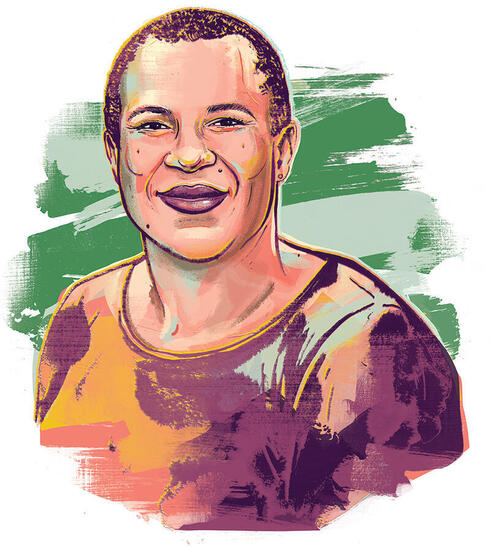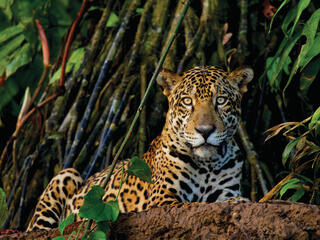Trang Nguyen is known for her undercover work to expose the illegal wildlife trade. She has received numerous awards, including from WWF, and appeared on the BBC’s 2019 list of the world’s most influential women. Her most recent book is Saving Sorya: Chang and the Sun Bear (Dial Books, 2021), a graphic novel based on her childhood. She is currently a founder and director of a local NGO in Viet Nam called WildAct.
How did you get into conservation?
When I was eight, a neighbor was keeping a bear for bile farming. I saw them stab the bear with a big needle, extracting the bile. It was really horrendous.
I said, “I want to help wild animals. What can I do?” But most people—my parents, for example—would say, “There’s no such career.” Then I was watching the BBC’s Planet Earth and Discovery Channel, and I saw people like Jane Goodall, Dian Fossey—women working in this thing called wildlife conservation.
What inspired you to focus on the illegal wildlife trade?
When I was doing my master’s in conservation leadership in Cambridge, I got really sick—I had cancer. When I was in the hospital, I had an interesting conversation with my doctor. He was saying, “So some people in Viet Nam believe rhino horn can heal cancer. That’s very dangerous because you have an optimum time for treating it, and if you pass that time, it might be too late.”
I thought, “Wow, that’s a really powerful message. What can I do to raise awareness about this issue so people get proper treatment?” I started to think, “I’m going to work on the rhino issue. If I can do it successfully, it will make things better for the rhino and also for humans.”
What challenges have you faced when working undercover?
I did most of this work in Africa. It’s difficult because people have this prejudice that Asian people are bad people. It’s racist, in a way. People pushed me or said things like, “Oh, you [expletive] Chinese, [expletive] Vietnamese. You come over here and you kill all our wildlife.” You also have to deal with gender-based violence and sexual harassment.
What motivates you to continue?
A lot of times I don’t know how I do it, when people show me a pile of elephant skins, that kind of thing. But I’m able to keep a straight face and talk about hides and money. The moment I get back to my house, I cry. But I think, “I’m in a position where I can help. If I don’t help, then who [will]?”
How has COVID-19 affected your work?
It’s a threat, but also an opportunity. In Viet Nam, people are more aware of zoonotic diseases. Now you see the government issuing an order to ban all this wildlife meat in the markets. There are opportunities for us, especially to raise awareness. People care about health issues, about corruption. We have the opportunity to make them realize it’s all connected.
What’s your advice for someone looking to get into wildlife conservation?
Having a career, it’s very much like getting married: Marry someone you love.
Interviewed by Nelly Kadagi
Director, Conservation Leadership and Education for Nature Program
i top
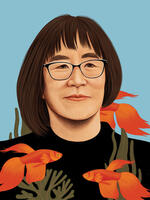 Nancy Takahashi
Nancy Takahashi Mariuxi Farías
Mariuxi Farías Cecilia Martinez
Cecilia Martinez Julia Rouhi
Julia Rouhi Dolores Huerta
Dolores Huerta Alice Ruhweza
Alice Ruhweza Belinda Wright
Belinda Wright Jessica Fanzo
Jessica Fanzo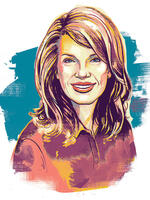 Julie Miller
Julie Miller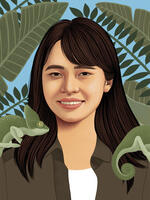 Trang Nguyen
Trang Nguyen Elinor Ostrom
Elinor Ostrom